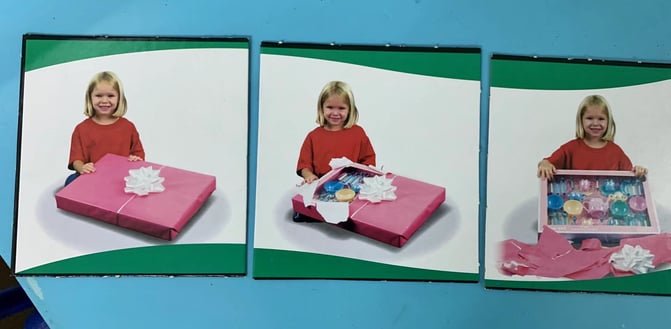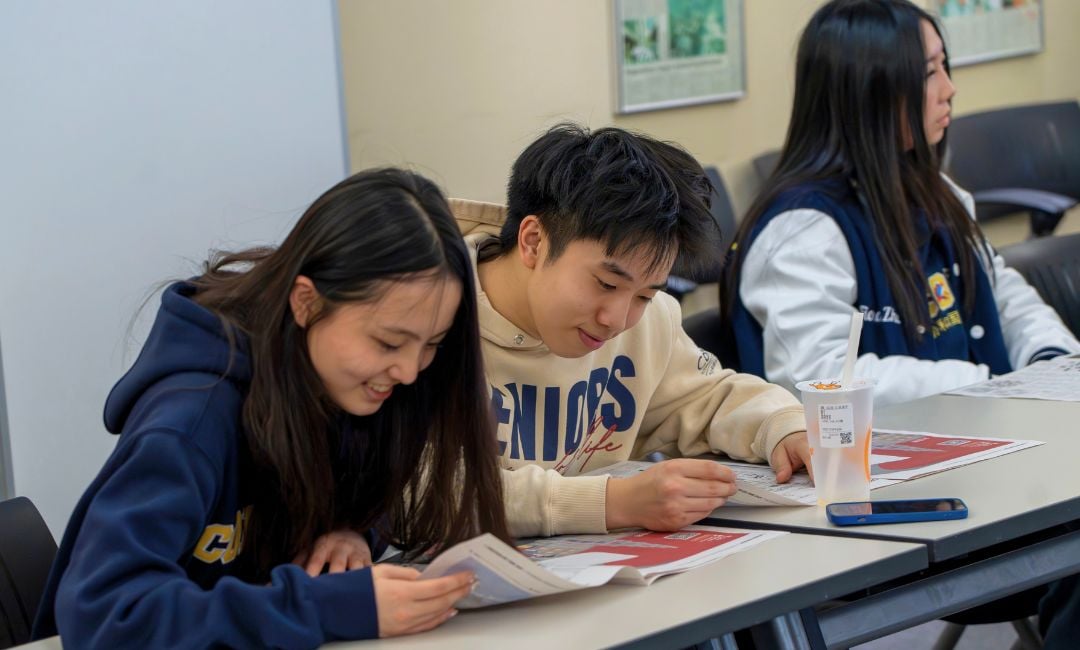Sequencing is an important skill for developing critical thinking, reading comprehension and scientific inquiry. Algorithms and computer programing are presented as sequenced patterns, in a specific correct order, no number or instruction can be skipped.
In preschool classes at Concordia, Ms. Johnston, our English language learner specialist, works with students on sequencing skills. This is a foundational skill needed for building other skills as they grow and development. 
Using Manipulatives to Practice Sequencing
For this age group, picture cards and other manipulatives make the most sense. Students can relate to pictures that show an activity in a specific order, showing the correct steps for completion. Also, it is a must to use age-appropriate materials, to make it hands on, interactive, engaging, and most importantly, fun!
Magnetic illustrated pictures make it easy for children to manipulate the pieces to practice putting the steps in order. The concept of sequencing introduced and practiced vocabulary words, such as first, second, third and finally.
Sequencing helps preschool-aged children use higher order thinking skills by recognizing patterns to understand and predict the world around them. These skills lead to understanding cause and effect and solving problems.
Ways to Practice Sequencing with Your Child
 The following activities are fun ways to practice sequencing with your child.
The following activities are fun ways to practice sequencing with your child.
Use play dough and craft materials to prompt your child to make “cookies!” Encourage your child to explain each step as they are making and rolling out the dough. For example, a child might say, “First, I will roll out the dough. Second, I will cut out the cookies” and so on.
Parents can also challenge children to practice sequencing by creating their own sequencing pictures. Choose a topic, such as making a sandwich. Then have children draw four pictures showing four steps for making a sandwich.
For example, the drawings might show the following steps:
- First, I need two slices of bread
- Second, I spread peanut butter and jelly on the bread
- Next put the slices of bread together
- And finally, cut the sandwich in half.
Parents can make a set of pictures as well about another topic. Parent and child can trade their set of pictures and encourage each other to place the pictures in the correct steps or order.
As children develop, sequencing tasks become more complex; it is practiced in every grade level and is relevant across the curriculum. Students soon master retelling the plot of a story, establishing events in history, and understanding mathematical sequences to solve problems. Sequencing is intertwined throughout our daily lives.




